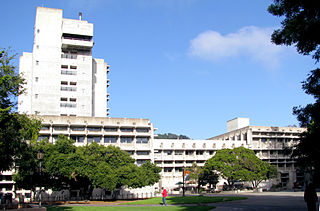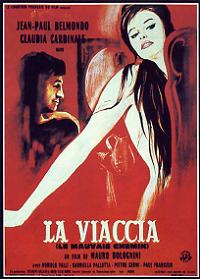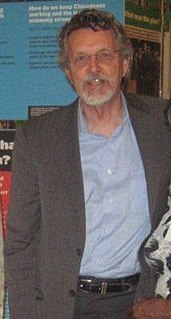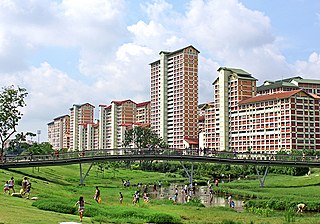Related Research Articles

In architecture, functionalism is the principle that buildings should be designed based solely on their purpose and function.

Bianca Maria Sforza was Queen of Germany and Italy, and empress of the Holy Roman Empire as the third spouse of Maximilian I. She was the eldest legitimate daughter of Duke Galeazzo Maria Sforza of Milan by his second wife, Bona of Savoy.

The College of Environmental Design, also known as the Berkeley CED, or simply CED, is one of 14 schools and colleges at the University of California, Berkeley. The school is located in Bauer Wurster Hall on the southeast corner of the main UC Berkeley campus. It is composed of three departments:

The Bauhaus-Universität Weimar is a university located in Weimar, Germany, and specializes in the artistic and technical fields. Established in 1860 as the Great Ducal Saxon Art School, it gained collegiate status on 3 June 1910. In 1919 the school was renamed Bauhaus by its new director Walter Gropius and it received its present name in 1996. There are more than 4000 students enrolled, with the percentage of international students above the national average at around 27 %. In 2010 the Bauhaus-Universität Weimar commemorated its 150th anniversary as an art school and college in Weimar.

Sociology of architecture is the sociological study of the built environment and the role and occupation of architects in modern societies.

Titus Burckhardt was a Swiss writer and a leading member of the Perennialist or Traditionalist School. He was the author of numerous works on metaphysics, cosmology, anthropology, esoterism, alchemy, Sufism, symbolism and sacred art.

The Lovemakers is a 1961 Italian drama film directed by Mauro Bolognini based on a novel by Mario Pratesi. The film which stars Claudia Cardinale and Jean-Paul Belmondo, was entered into the 1961 Cannes Film Festival.

The Villa di Pratolino was a Renaissance patrician villa in Vaglia, Tuscany, Italy. It was mostly demolished in 1822. Its remains are now part of the Villa Demidoff, 12 km north of Florence, reached from the main road to Bologna.
Bianca is a given name.

Structuralism is a movement in architecture and urban planning that evolved around the middle of the 20th century. It was a reaction to Rationalism's (CIAM-Functionalism) perceived lifeless expression of urban planning that ignored the identity of the inhabitants and urban forms.

Architecture is both the process and the product of planning, designing, and constructing buildings or other structures. Architectural works, in the material form of buildings, are often perceived as cultural symbols and as works of art. Historical civilizations are often identified with their surviving architectural achievements.

Stefano Boeri is an Italian architect and urban planner, and a founding partner of Stefano Boeri Architetti. Among his most known projects are the Vertical Forest in Milan, the Villa Méditerranée in Marseille, and the House of the Sea of La Maddalena. He is the professor of urban planning at Polytechnic University of Milan.

Stefano Bardini (1836–1922) was an Italian connoisseur and art dealer in Florence who specialized in Italian paintings, Renaissance sculpture, cassoni and other Renaissance and Cinquecento furnishings and architectural fragments that came on the market during the urban regeneration of Florence in the 1860s and 70s.

Peter Calthorpe is a San Francisco-based architect, urban designer and urban planner. He is a founding member of the Congress for New Urbanism, a Chicago-based advocacy group formed in 1992 that promotes sustainable building practices. For his works on redefining the models of urban and suburban growth in America Calthorpe has been named one of twenty-five ‘innovators on the cutting edge’ by Newsweek magazine.
MAXXI is a national museum of contemporary art and architecture in the Flaminio neighborhood of Rome, Italy. The museum is managed by a foundation created by the Italian ministry of cultural heritage. The building was designed by Zaha Hadid, and won the Stirling Prize of the Royal Institute of British Architects in 2010.

Ramboll Studio Dreiseitl is one of the leading landscape architecture practices of Germany specialising in the integration of art, urban hydrology, environmental engineering, and landscape architecture within an urban context. The practise was founded in 1980 by the German landscape architect Herbert Dreiseitl with a goal to promote sustainable projects with a high aesthetic and social value. Today it has offices in Germany, Singapore and Beijing. In May 2013, Atelier Dreiseitl GmbH formed a new partnership with the international engineering consultancy, the Ramboll Group A/S, based in Copenhagen.
Beyond Entropy is a London-based non-profit limited company practicing architecture, urbanism, and cultural analysis. The company evolved from trans-disciplinary research at the Architectural Association School of Architecture, in London. The company was founded by Stefano Rabolli Pansera in 2009 as a collaborative practice operating public-private partnerships globally. Beyond Entropy Ltd operates at the threshold between art, architecture, and geopolitics focusing on the notion of energy influencing form. Projects vary from art installations, to architectural master-planning, to public relations.
The following is a timeline of the history of the city of Fez, Morocco.

Nazi architecture is the architecture promoted by Adolf Hitler and the Nazi regime from 1933 until its fall in 1945, connected with urban planning in Nazi Germany. It is characterized by three forms: a stripped neoclassicism, typified by the designs of Albert Speer; a vernacular style that drew inspiration from traditional rural architecture, especially alpine; and a utilitarian style followed for major infrastructure projects and industrial or military complexes. Nazi ideology took a pluralist attitude to architecture; however, Adolf Hitler himself believed that form follows function and wrote against "stupid imitations of the past".

Al-Darb al-Ahmar is a historic neighbourhood in Cairo, Egypt. It is also the name of an administrative district (qism) within the Cairo Governorate that includes most of the neighbourhood. Its name means "the Red Street" in Arabic.
References
- ↑ "Stefano Bianca's bio at Archnet.org". Archived from the original on 2011-05-25.
- ↑ Urban Form in the Arab World. Verlag der Fachvereine Hochschulverlag AG an der ETH Zurich. 1994. ISBN 978-3-7281-1972-8.